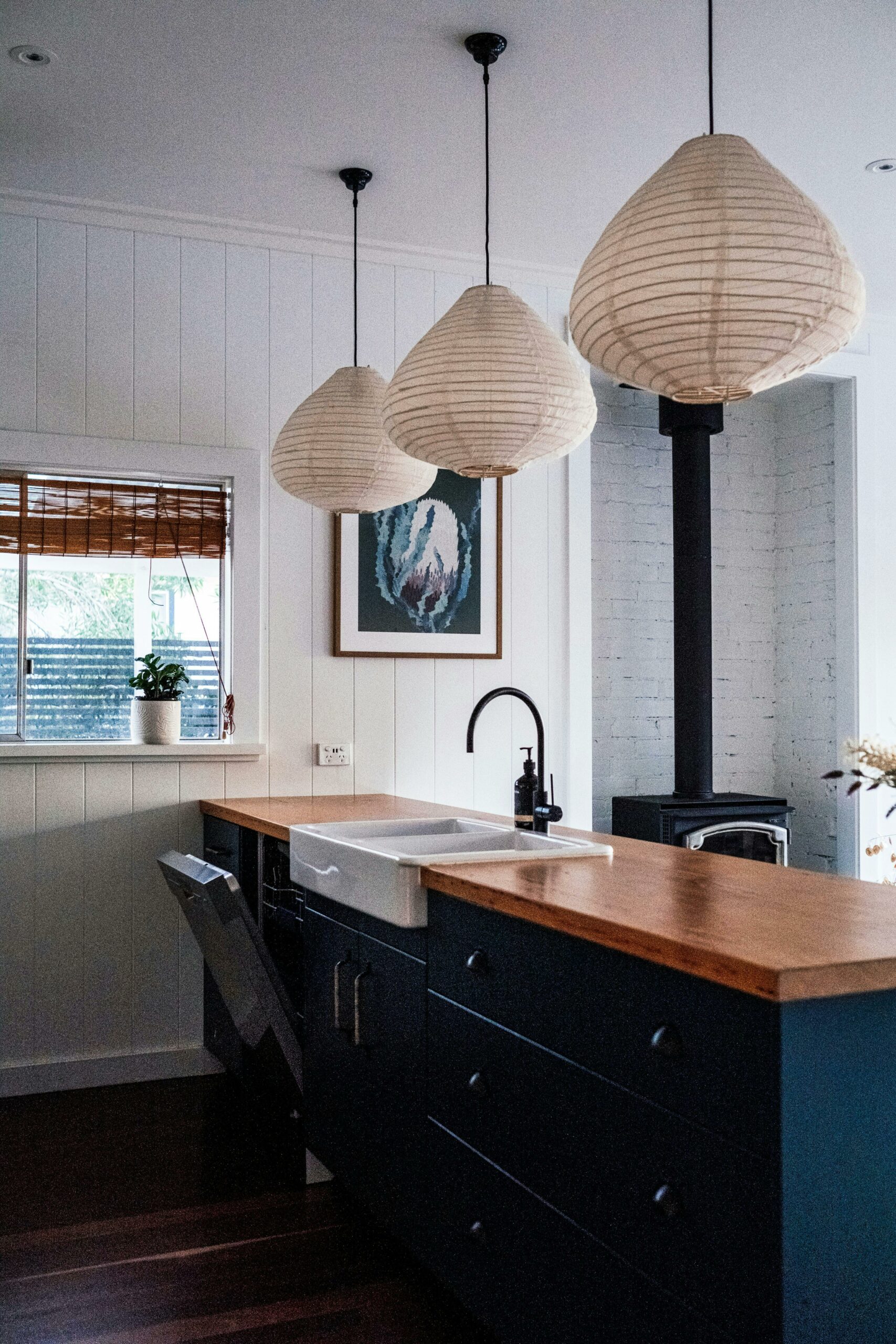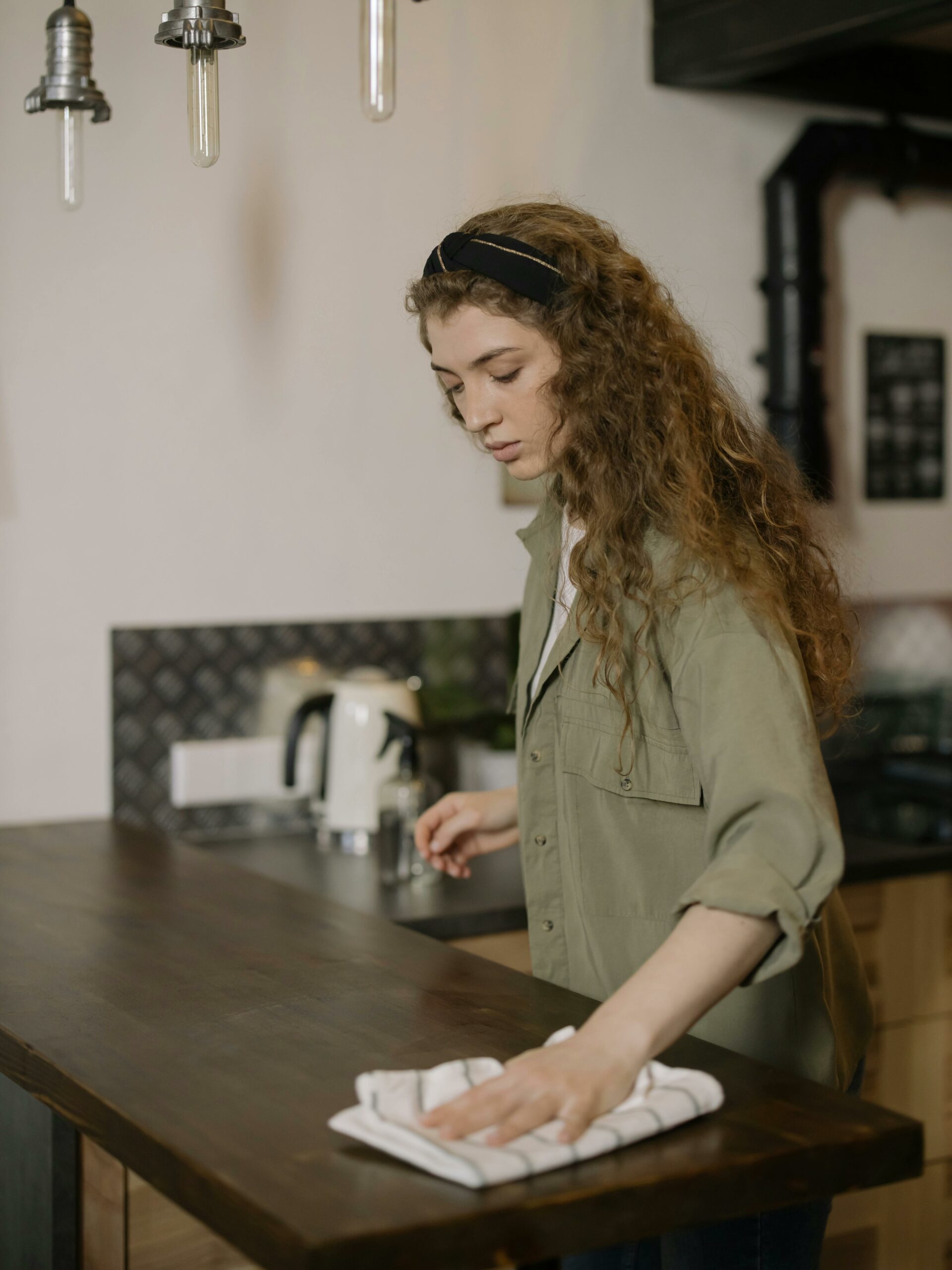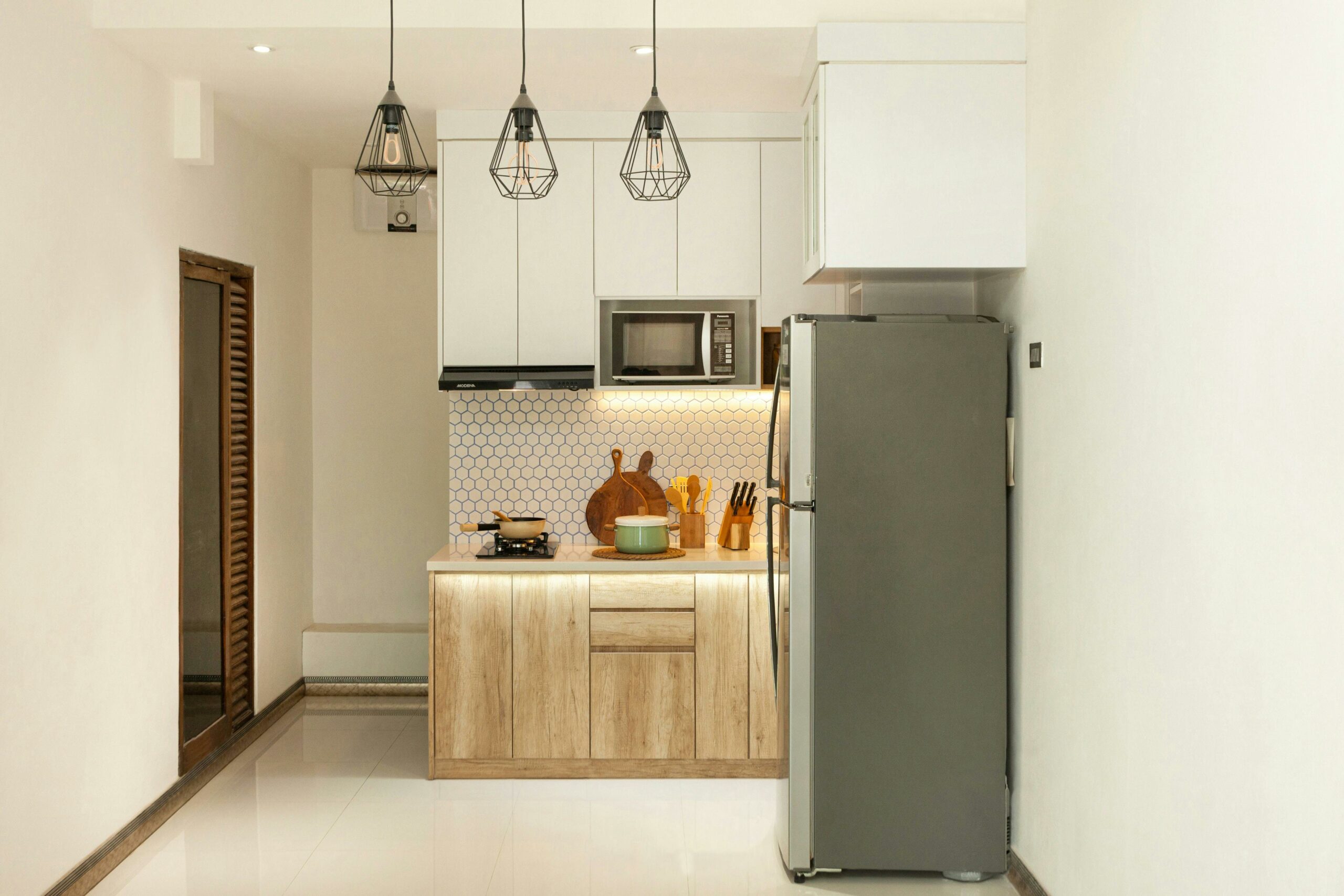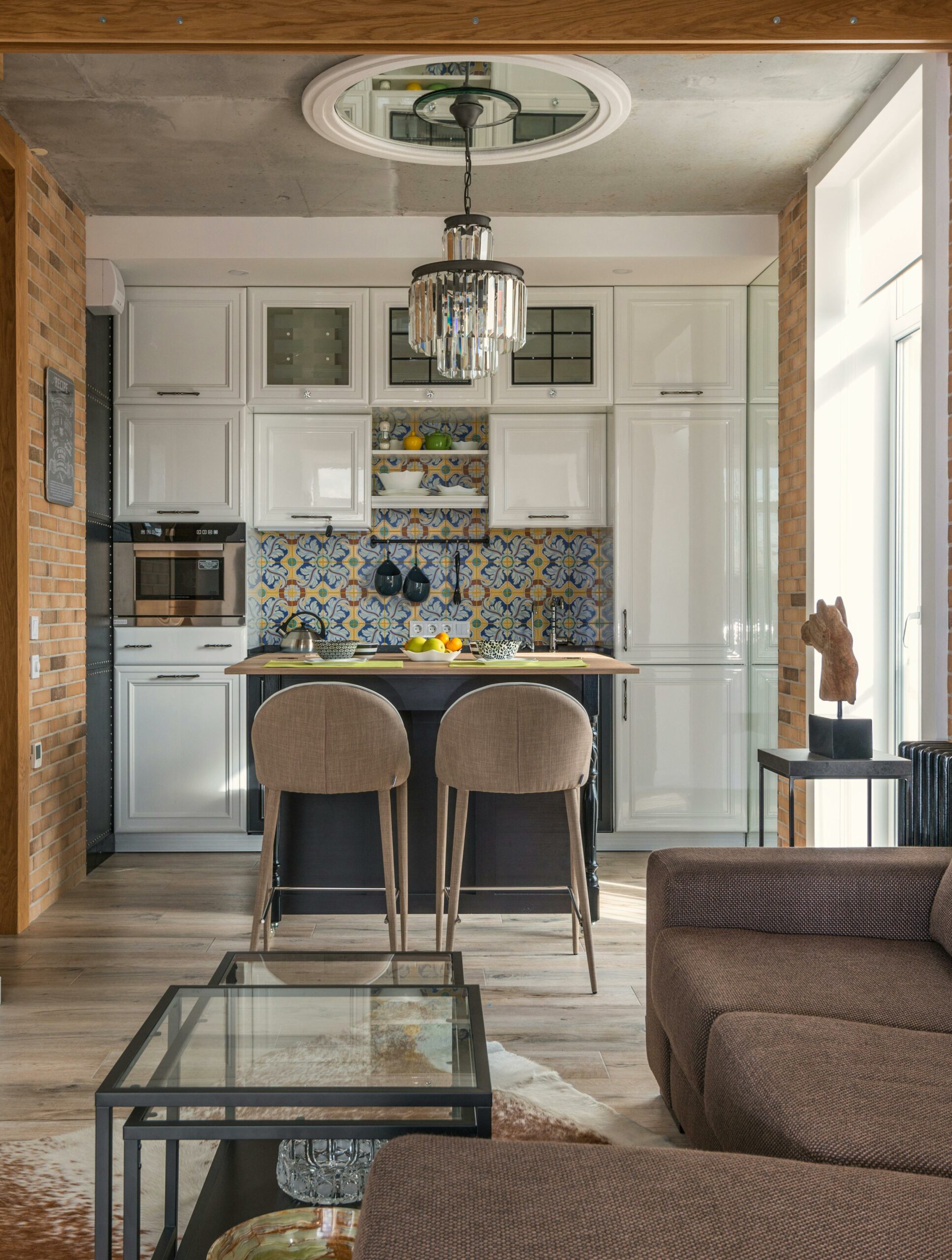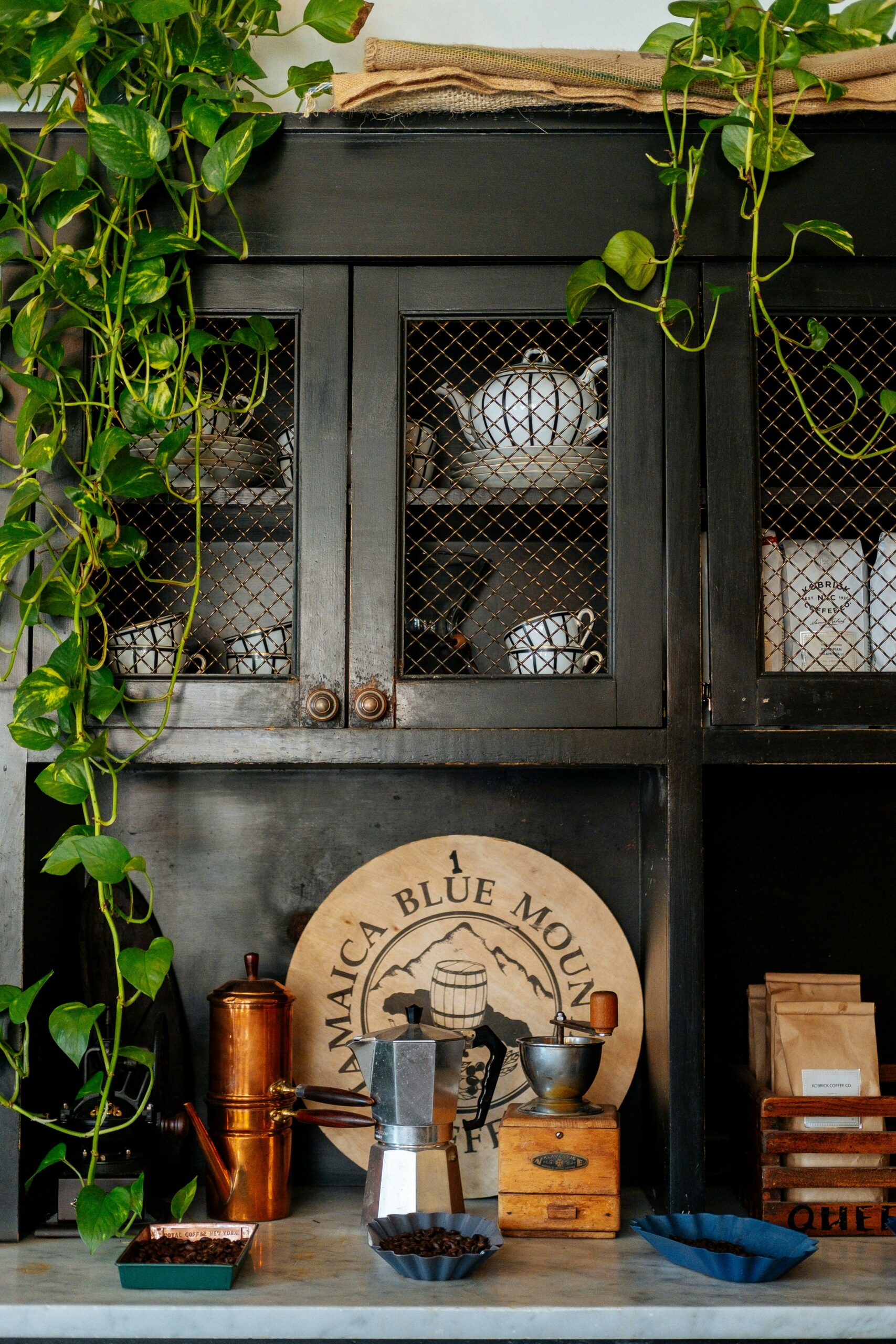Rough-in plumbing is the initial installation of the main pipes and components, usually before closing walls for easy access. It includes water, drain, waste pipes, vents, and shut-off valves, providing the foundation for the plumbing system.
Rough-in plumbing is usually the first step in the installation of a new plumbing system. Skilled plumbers or contractors assess the area, plan the layout, and select pipe sizes.
After plumbing rough in, fixtures like sinks and toilets are installed, connected to pre-installed pipes. This requires secure connections to ensure proper functionality before wall sealing.
Additional plumbing tasks, like shower installation, follow suit. Rough-in plumbing is vital for new plumbing systems, preparing for fixture installation and system functionality. It’s a crucial step in successful plumbing system implementation.
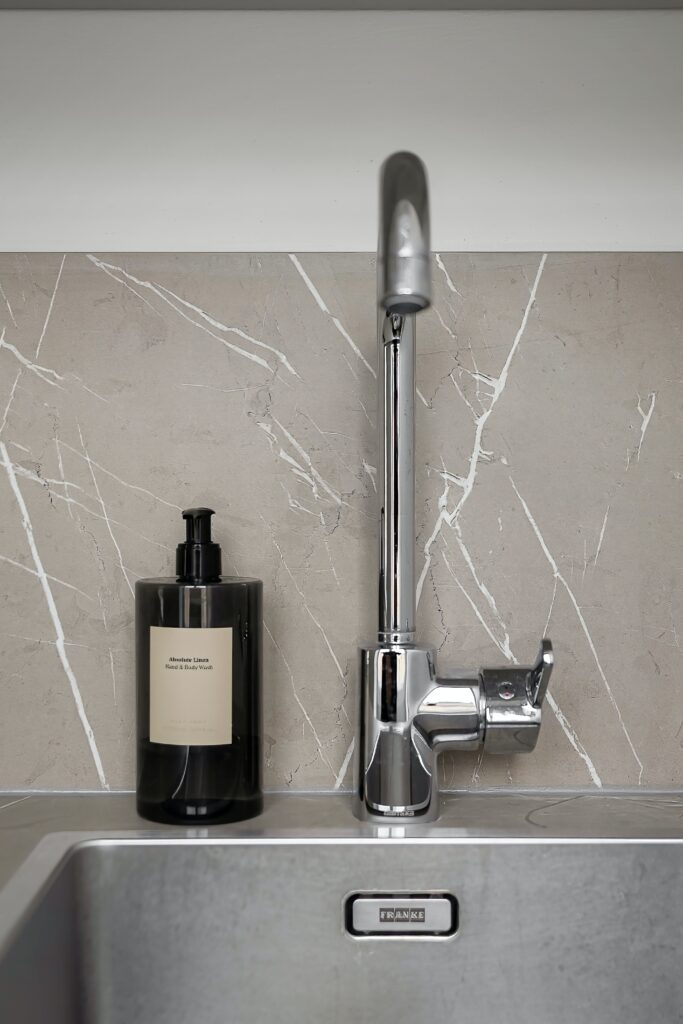
Key Factors in Designing a Rough-In Plumbing Layout
When planning a rough-in plumbing layout, critical factors include pipe size and type selection to match pressure requirements. Fixture placement (sinks, toilets, showers) and connecting pipe sizes are vital.
Accessible placement of shut-off valves for emergency water supply control is essential. Proper vent arrangement for expelling air and gases should also be considered. These factors are crucial for a correctly installed and functional plumbing system.
Common Materials in Rough-In Plumbing: Pipes and Components
In rough-in plumbing, common pipes include copper (known for longevity), PVC, and PEX (cost-effective). Components include shut-off valves, supply lines, waste lines, vent pipes, and drain traps.
Shut-off valves control water flow, supply lines deliver water, waste lines remove wastewater, and vent pipes release air and gases. Drain traps prevent sewer gases.
Fittings like elbows and couplings secure connections. Knowing the right types and installation methods is crucial for a safe and efficient plumbing system.
What safety considerations should be taken when installing a new plumbing system?
Safety during plumbing system installation is paramount. It includes wearing protective gear to prevent injuries and using the correct tools and materials. Compliance with local building codes ensures safety standards are met.
Securely fastening fixtures is essential to prevent accidents.
Adherence to installation instructions prevents errors leading to water damage. A clean and organized work area minimizes hazards. These safety measures ensure a safe and successful plumbing system installation.
Key Considerations for Selecting Pipes and Components in Plumbing: Understanding Type and Size Factors
When selecting pipe type and size, critical factors include compliance with local codes, ensuring permissible materials. Pipe capacity must match fixture requirements, potentially requiring larger components for sufficient water flow.
Assessing environmental conditions, such as weather and soil composition, for corrosion or damage potential is crucial. These considerations ensure proper and safe plumbing system functioning.
Avoiding Common Errors in New Plumbing System Installation
When installing a new plumbing system, several common errors often occur. These include the use of inappropriate materials, which can compromise the system’s integrity.
Another frequent mistake is the failure to adequately seal all connections, leading to potential leaks. Ignoring local building codes and regulations is also a critical error that can result in non-compliance and safety issues.
Additionally, insufficient provision for proper drainage can cause significant problems in the plumbing system.
Failing to thoroughly test the system before it goes into operation is another oversight that can lead to unforeseen issues. Improper installation of fixtures like toilets and sinks might result in water damage or leaks.
Safety is also paramount; neglecting to use protective gear and maintain a clean work area can increase the risk of accidents or injuries. To avoid these mistakes, careful planning, meticulous attention to detail, and adherence to safety protocols are essential for a successful installation.
Ensuring Plumbing System Integrity Post-Wall Closure: Key Steps for Optimal Performance
To guarantee the effective operation of a plumbing system after the walls have been sealed, thorough testing before and after the framing process is essential.
This testing involves running water through each fixture to ensure proper flow and checking all connections for potential leaks. Insulating any exposed pipes with foam insulation is also crucial to safeguard them against cold temperatures.
Regular inspections of the system for any signs of wear or damage are important for timely maintenance. By implementing these measures, the plumbing system can maintain its functionality effectively, even when enclosed by walls.
Post-Installation Services for Maintaining Plumbing Systems
Following the initial setup of a plumbing system, various supplementary services are often necessary. Regular inspections and maintenance of components and fixtures play a crucial role in ensuring the system’s longevity.
Over time, the need for repairs or upgrades may arise due to wear and tear or damage. Checking for potential water leaks is also essential, as they can cause damage to surrounding areas.
By engaging in these additional measures, the continuous and efficient functioning of the plumbing system can be maintained.
Final Thoughts
In conclusion, the rough-in plumbing phase serves as the foundational backbone of any new plumbing system installation. It involves meticulous planning, precise pipe and component selection, and adherence to safety measures and regulations.
The correct sizing and placement of pipes, fixtures, and shut-off valves are essential for optimal functionality.
Rough-in plumbing not only prepares the groundwork for fixture installation but also determines the system’s efficiency and safety. It is a vital step in the journey toward a fully functional and reliable plumbing system.
By paying attention to these crucial details during rough-in plumbing, homeowners and contractors can ensure the smooth operation of their plumbing systems for years to come.

